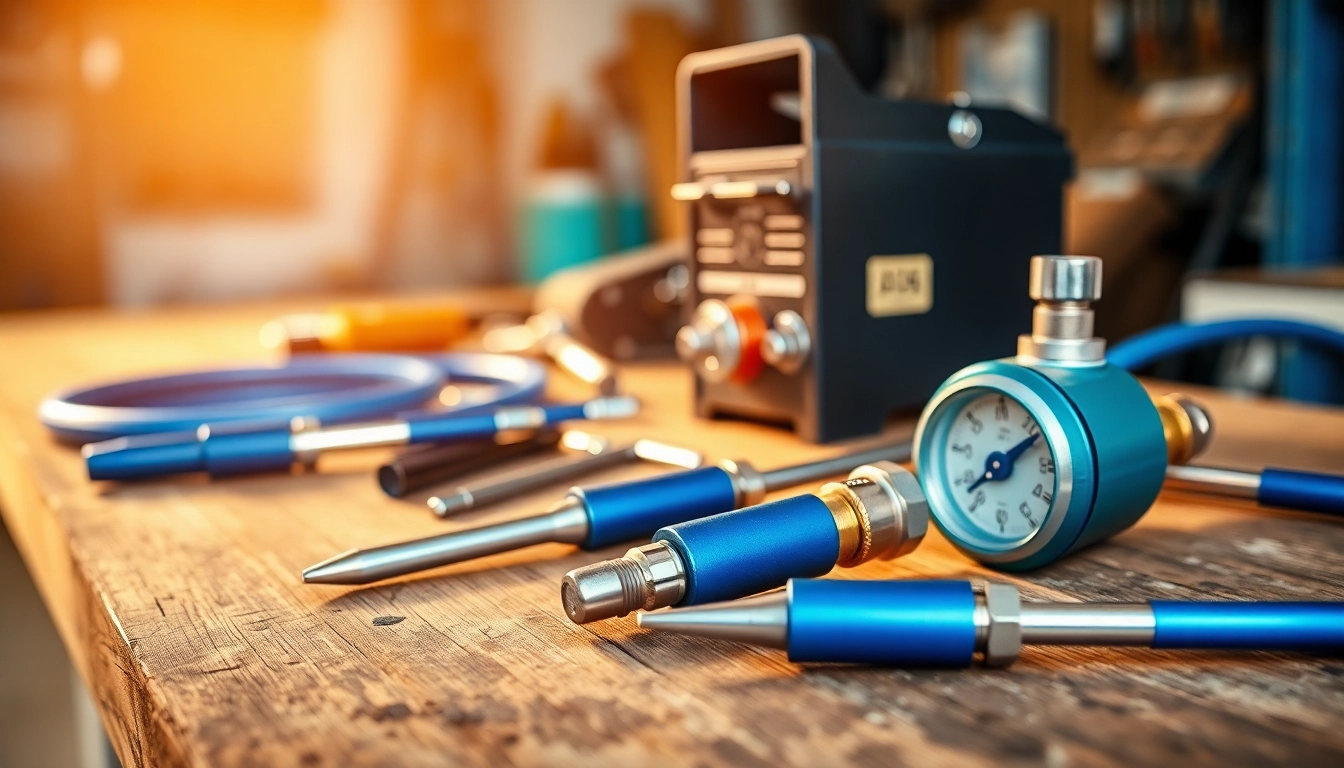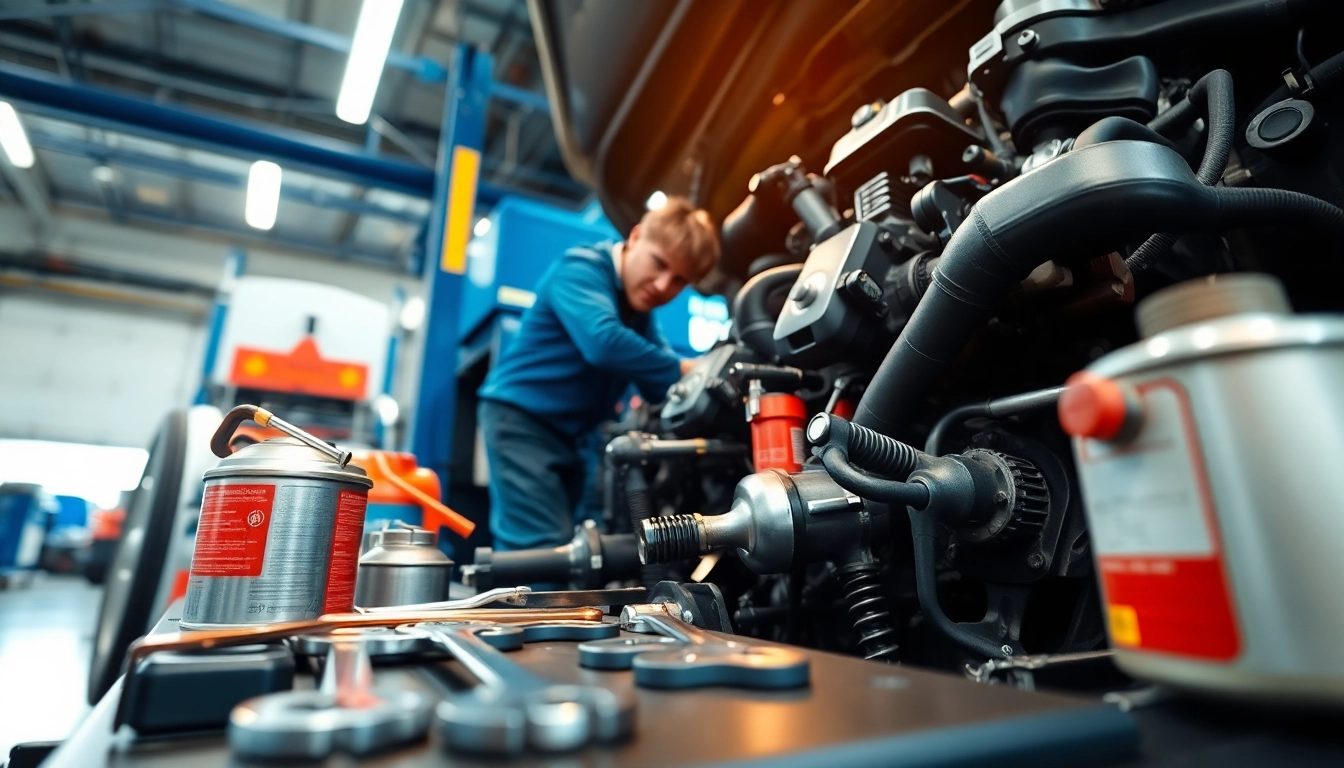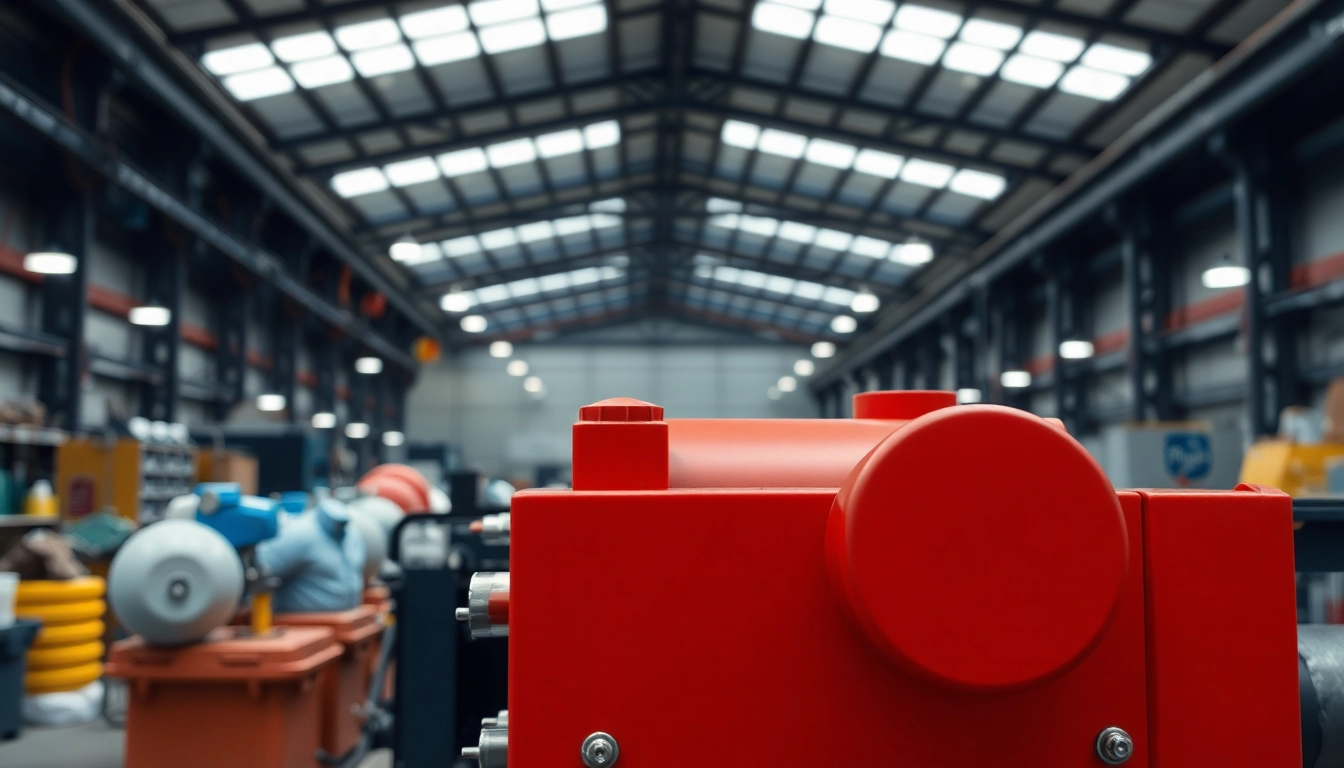Understanding Oxy Gas Welding Kits
Oxy gas welding has been a staple in metalworking and industrial applications for decades. It combines oxygen and a fuel gas, typically acetylene, to produce a high-temperature flame that melts and fuses metals together. Whether you’re a seasoned welder or just starting out, an oxy gas welding kit can be a versatile and essential tool in your arsenal. In this comprehensive guide, we will delve into the components, benefits, safety precautions, and maintenance of oxy gas welding kits, providing you with everything you need to know to effectively utilize this method.
What is an Oxy Gas Welding Kit?
An oxy gas welding kit consists of a series of tools and apparatus designed for welding and cutting metals using the oxy-fuel welding process. This process involves mixing oxygen with a fuel gas, usually acetylene, to create a flame hot enough to melt metal. The oxy gas welding kit generally includes a cutting torch, welding torch, regulators, hoses, and various tips and accessories tailored for different welding tasks. Key to its versatility, this setup allows users to perform tasks ranging from welding to cutting and brazing.
Key Components of an Oxy Gas Welding Kit
A standard oxy gas welding kit is characterized by several integral components, each playing a vital role in the welding process:
- Welding Torch: This tool often comes with interchangeable tips to accommodate different welding applications. The torch mixes oxygen and acetylene in precise proportions to create a controllable flame.
- Cutting Torch: Designed specifically for cutting metal, this torch features a preheating flame and an oxygen jet that cuts through the metal once it reaches the right temperature.
- Hoses: Typically color-coded (red for acetylene, green for oxygen), these hoses connect the torches to the gas supply, ensuring safe and efficient delivery of the gases.
- Regulators: These devices control the pressure of the gases coming from the tanks, ensuring consistent flow and preventing dangerous overpressure situations.
- Gas Cylinders: The kit usually includes cylinders for both oxygen and acetylene, which are essential for conducting welding and cutting operations.
- Fittings and Accessories: Various gauges, flashback arrestors, and check valves enhance safety and usability, making the kit adaptable for different tasks.
Applications of Oxy Gas Welding Kits
The applications of oxy gas welding kits are diverse, making them essential in several fields. Here are some common uses:
- Automotive Repairs: Oxy gas welding is frequently used for repairing car frames, exhaust systems, and various components where strong metal joints are necessary.
- Metal Fabrication: From artistic metalwork to structural components, oxy gas welding is employed in countless fabrication processes.
- Maintenance and Repair: Oxy gas welding can effectively repair machinery and equipment in industrial settings, providing a means to fix rather than replace damaged components.
- DIY Projects: Hobbyists and professionals alike use oxy welding kits for small-scale projects, creating everything from metal sculptures to custom furniture.
Benefits of Using Oxy Gas Welding Kits
Versatility in Welding Applications
One of the primary advantages of oxy gas welding kits is their versatility. Unlike other welding methods, such as TIG or MIG welding, which might require specific materials or thicknesses, oxy gas welding can handle a wide range of metals, including steel, aluminum, and copper. This adaptability makes it a preferred choice for many professionals and DIY enthusiasts.
Cost-Effectiveness Compared to Other Welding Methods
Oxy gas welding is often more affordable than other welding techniques. The equipment is generally less expensive, and the operating costs are lower, especially when considering the price of gas cylinders and fuel. Additionally, with proper maintenance, an oxy gas welding kit can have a substantial lifespan, offering great value over time.
Ease of Use for Beginners and Professionals
Another major benefit is the relative ease with which individuals can learn to use an oxy gas welding kit. The fundamental concepts of adjusting gas flow and controlling flame size can be grasped quickly with a little practice. Unlike highly technical welding methods, the oxy-fuel process offers a more hands-on learning experience, which can be ideal for beginners.
Choosing the Right Oxy Gas Welding Kit
Key Features to Consider
When selecting an oxy gas welding kit, certain features should guide your decision. These include:
- Output Capability: Consider the size and thickness of materials you will be working with and choose a kit that can accommodate those requirements.
- Portability: If you require a kit for on-site work or transport, look for lightweight and easy-to-carry options.
- Safety Features: Ensure the kit includes essential safety features such as flashback arrestors and robust regulators to prevent accidents.
- Regulator Quality: A high-quality regulator can significantly impact the performance of your kit, ensuring consistent gas flow and pressure control.
Comparing Different Brands and Models
The market offers numerous models from various brands; it’s essential to compare their specifications, warranties, and user reviews. Popular brands include Victor, Harris, and Unimig, each known for its quality and durability. Assess your specific needs and budget to find the model that best suits your requirements.
Where to Buy Your Oxy Gas Welding Kit
Oxy gas welding kits can be purchased from several sources, including local hardware stores, specialized welding supply shops, and online retailers. When purchasing online, ensure that you check customer reviews and the return policy to ease any concerns. Some recommended places include:
- Amazon and eBay for a wide range of options.
- Local welding supply stores, where you can often find expert advice.
- Home improvement stores like Home Depot or Lowe’s.
Safety Precautions When Using an Oxy Gas Welding Kit
Essential Safety Gear for Operators
Safety should always be the top priority when working with an oxy gas welding kit. Essential protective gear includes:
- Welding Goggles: Protect your eyes from the intense flame and bright light generated during welding.
- Gloves: Heavy-duty gloves can shield your hands from the heat and sparks.
- Protective Clothing: Wear flame-resistant clothing to prevent burns.
- Face Shields: For added protection against splatter and harmful rays.
Best Practices to Ensure Safe Usage
To maintain a safe working environment, adhere to the following best practices:
- Always ensure proper ventilation in the workspace to avoid the accumulation of toxic gases.
- Keep flammable materials at a safe distance from the welding area.
- Regularly inspect hoses and connections for leaks or damages before use.
- Employ safety equipment like flashback arrestors to prevent flame travel back into the hoses.
Emergency Procedures and Equipment
Even with the best safety practices, accidents can happen. Make sure to be prepared by having the following in place:
- Fire Extinguisher: Keep a suitable fire extinguisher nearby and ensure it is easily accessible.
- First Aid Kit: Maintain a stocked first aid kit to address any injuries that may occur.
- Emergency Contacts: Have a list of emergency contact numbers readily available, including local fire departments and medical services.
Maintaining Your Oxy Gas Welding Kit
Regular Cleaning and Inspection Tips
Proper maintenance can significantly extend the life of your oxy gas welding kit. Regularly clean your tools and check for wear and tear on parts. Clean the torches with compressed air and check hoses for any signs of cracking or leaks. Inspection should include examining regulators and connections to ensure they are functioning correctly.
When to Replace Parts in Your Oxy Gas Welding Kit
Being proactive about replacing worn or damaged parts can prevent accidents and ensure reliable performance. Key indicators that parts need replacing include:
- Visible wear or damage on hoses and fittings.
- Regulator malfunctions or inconsistent gas flow.
- Burned or melted torch tips that can no longer produce a reliable flame.
Longevity Tips for Your Equipment
To ensure your oxy gas welding kit serves you well for years, think about the following longevity tips:
- Store your equipment in a clean, dry place to prevent rust and corrosion.
- Always handle the equipment carefully to avoid undue stress on hoses and connectors.
- Follow the manufacturer’s instructions and guidelines for specific care practices.


